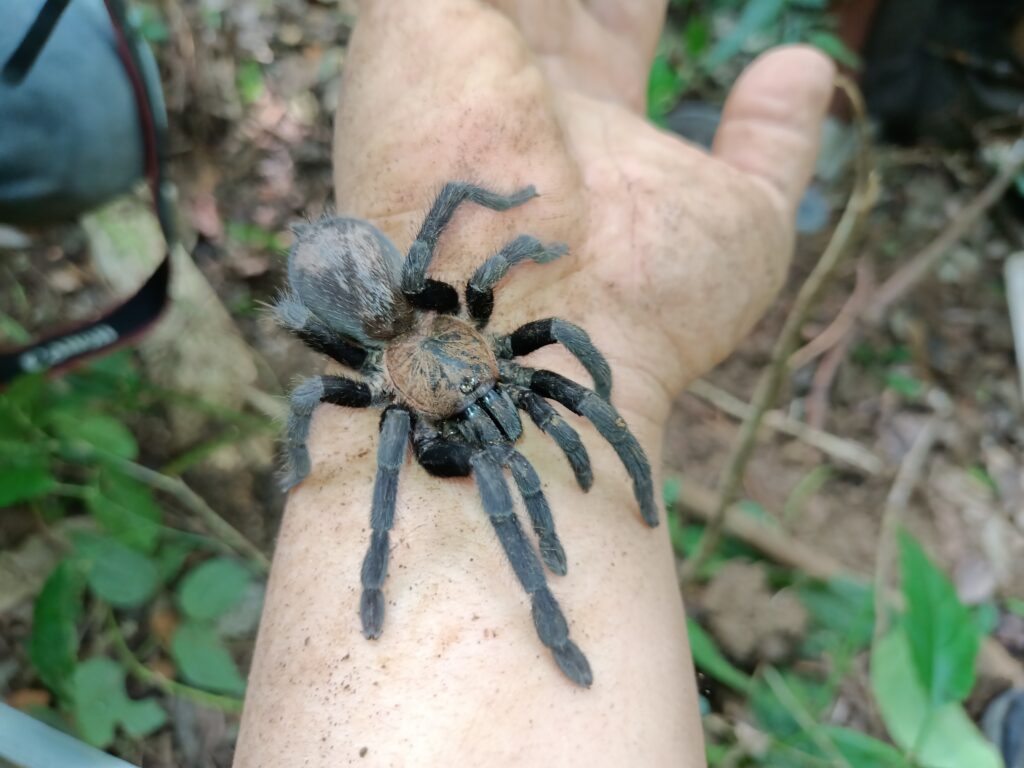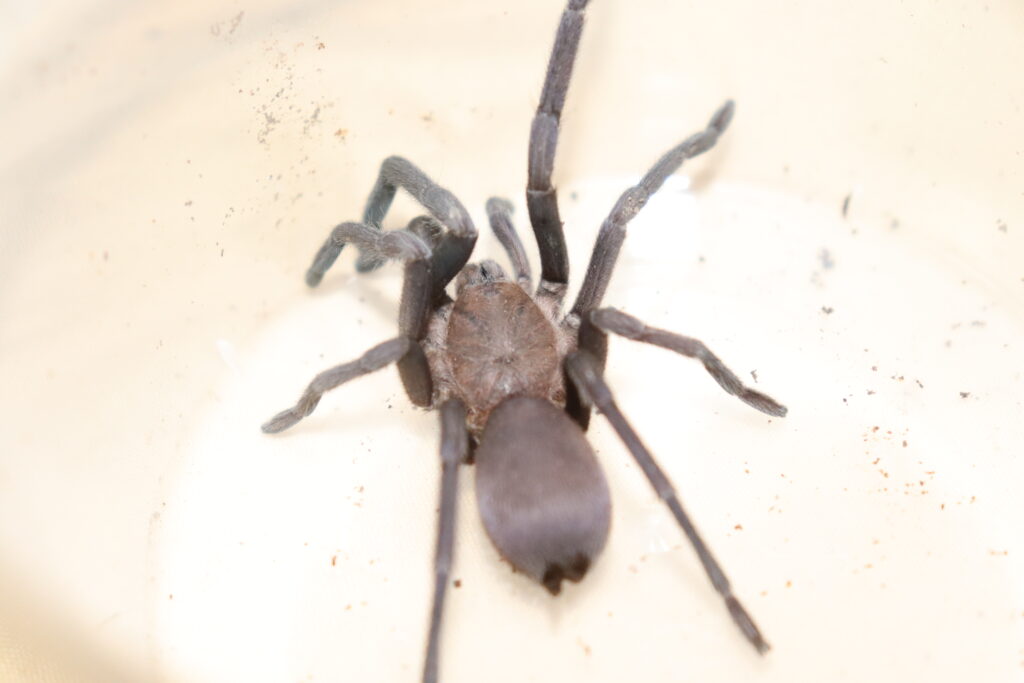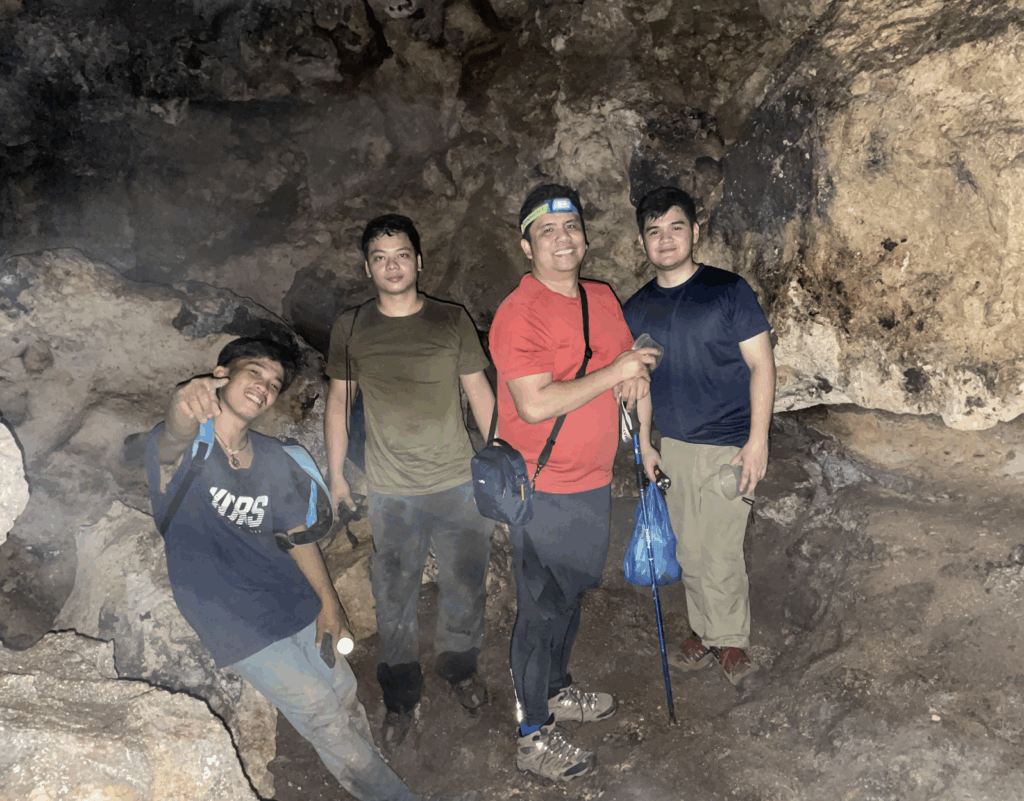A team of UST researchers discovered two tarantula species, Orphnaecus libmanan and Orphnaecus tangcongvaca, in the forest grounds of the Libmanan Caves Natural Park of Camarines Sur, using methods to determine morphology, molecular phylogeny, and ecology.
The team also rediscovered the tarantula species Orphnaecus pellitus, first discovered and described by French naturalist Eugène Simon in 1892. This tarantula species, known to be troglobitic (or an animal that lives entirely in the dark parts of caves), was rediscovered in the Culapnitan Caves, part of the Libmanan Caves Natural Park in Camarines Sur, Bicol.


The rediscovery showed adaptations in the tarantula species, namely, reduced eye size, attenuated limbs, shortened tactile setae, and diminishing pigmentation. According to the study, “tolerance to hypoxia and heightened sensitivity to ground movements are the other subterranean adaptations observed.” The researchers provide evidence that “O. pellitus is a true troglobitic tarantula reported worldwide and currently the only one known from Asia.


The rediscovery was published in the article “Revisiting and rediscovering the tarantulas (Araneae, Theraphosidae) of Culapnitan (Libmanan) Caves in the Philippines: Troglomorphism, taxonomy, phylogeny, and ecological niche,” in he journal Subterranean Biology, Volume 52. The team of researchers included Darrell C. Acuña, Lorenz Rheum P. Ragasa, Prof. Myla R. Santiago-Bautista, PhD, and Asst. Prof. Leonardo A. Gueverra, MSc of the Faculty of Pharmacy’s Department of Biochemistry. They are also researchers from the Graduate School. Santiago-Bautista and Guevarra are likewise affiliated with the Research Center for the Natural and Applied Sciences.





